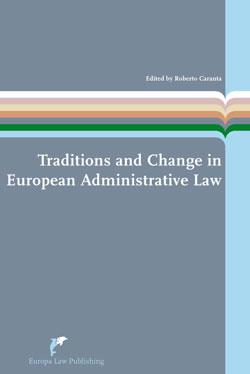
The traditional continental administrative model is mainly top-down and is based on the following assumptions:
A different, dialogue model is possible. It is based on the following assumptions:
The research presented in this book is aimed at classifying the legal system according to the models outlined above